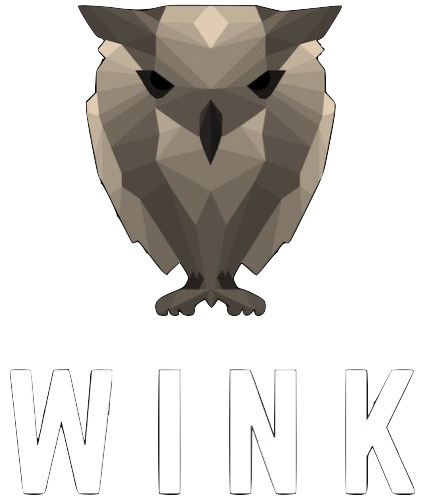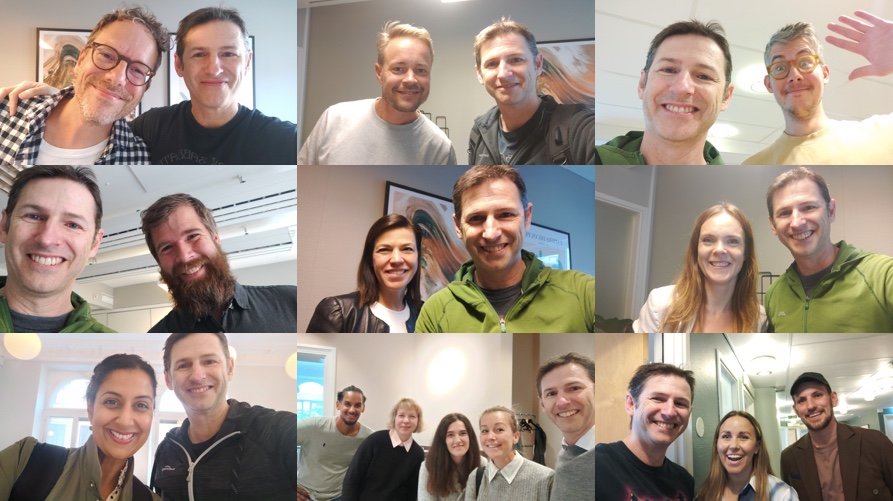#133 - Overcoming Jetlag: Be Naughty
Several days before I was to depart Australia for Sweden, I woke up and saw that despite it being 6 AM in Adelaide - it was 10:30 PM in Sweden.
If I did nothing, then the 2nd half of my days in Sweden would see me uncontrollably dozing off - and waking when it was time to go to sleep.
This was to be the first time I was going to meet my new sleep family at Sleep Cycle.
I didn’t want my Jetlag to be interpreted as “Remind me why we hired this guy?”.
So I began to prepare my body clock for Swedish Time - and here’s a chance for you to learn what I did.
Get Ready To Be Naughty
I know some of you have been seeing my Jetlag Tips on LinkedIn, but I intend this post to give you some more juicy details.
First - and as the subtitle above says - you need to become naughty.
In other words, do the opposite of all those sleep tips.
Why?
Well in order to get my body clock into a Swedish timezone, I need to delay my circadian rhythm.
Indeed, anytime you’re travelling West across multiple timezones, you need to delay your rhythm.
Light - very late at night - is one of the best ways to delay your circadian rhythm.
But you need your eyes to be open very late at night for your eyes to receive the light.
Thus, you need to first increase your evening alertness.
And because you’re not yet sleep restricted enough to have a nap, then coffee after dinner is the best way to go.
Add to that, it’s also important to avoid being sedentary at night. A lovely study I read when I got into sleep research found that alertness increases after a simple 5-min walk (Bonnet & Arand, 1998).
That initial combo will help you become more alert at night to be able to perform …
Evening Bright Light Therapy
There’s a number of sleep influencers at the moment - like Matthew Walker, Andrew Huberman, and Satchin Panda.
All of these guys are active researchers, who have spoken at one time or another about evening light and circadian rhythms.
Dr Panda is the one amongst them that is actually a circadian rhythm researcher.
To the best of my knowledge, none of them are sleep practitioners.
In other words, if you have a sleep issue, you cannot consult them. They don’t have the necessary qualification, registration and most of all - clinical experience.
This means there’s a good chance they don’t understand the essence of bright light in the evening - like the plethora of sleep folks hitting social media - and even some of my fellow sleep researchers who haven’t studied some form of clinical postgraduate qualification.
One such sleep disorder is called Advanced Sleep-Wake Phase Disorder.
It’s essentially the opposite of being a teenager.
The likely candidates for Advanced Sleep-Wake Phase Disorder are older adults.
They struggle to stay awake after dinner, and typically wake in the early hours of the morning.
The parallel I’m drawing here, is that when I was to land in Sweden, my jetlag would look like Advanced Sleep-Wake Phase Disorder.
Fortunately I’ve treated plenty of cases of Advanced Sleep-Wake Phase Disorder. Mainly older adults, but the odd school child here and there.
The best treatment is Evening Bright Light Therapy.
This means you need to expose the person’s eyes to bright light, as late as possible.
Usually this means the sun has already set, so you need to use an artificial light source that is bright enough, yet not harsh on your eyes.
The Re-Timer glasses were invented for this purpose. And the inventors were my PhD supervisors.
Now people think if you get bright light in the hour before bed each night that you will delay your circadian rhythm.
That’s not really true.
When we treat people with Advanced Sleep-Wake Phase Disorder, such a technique wouldn’t shift their circadian rhythm later.
In order to do that, we need to provide bright light hours after their usual bedtime.
That’s because the sensitive zone of our circadian rhythm is very deep into the first half of our sleep.
So this is what I did to help push my circadian rhythm later.
As such, there was a consequence …
Sleep Restriction
If you need your eyes to receive bright light in the first half of your sleep, inevitably you’re going to begin to sleep restrict yourself.
Naturally that will help you to sleep-in - which is also what you need to begin doing.
But a study that was performed by one of my former PhD students found that sleep restriction can inadvertently delay the circadian rhythm.
So not only does the bright light late at night have a direct effect on delaying the circadian rhythm - but there’s also a direct effect from sleep restriction.
The initial bad news is that before you even get on the plane, you’re going to feel pain.
But when you arrive at your destination, you’ll realise it was all worth it.
But the other rewards is that eventually one feels sleepy during the day because of this sleep restriction.
And remember that saying above - be naughty?
Well, you’re allowed to reward yourself with a nap …
When to Move?
A lot of people say that when you arrive at your destination, that you should get outside and move around as much as possible. That this will help your Jetlag.
And that is true, not just for the fact that you’re receiving a lot of daylight, but also because of the movement.
But before you even get on the plane, you can time when you move - as I mentioned earlier - and when not to move.
One of my former postdoctoral researchers, a sports scientist by the name of Dr Christin Lang, did a study testing whether movement could change the timing of the circadian rhythm.
To do this she compared two groups. One group moved in the morning - the other one didn’t.
We thought the sedentary group would have no change in the timing of their circadian rhythm.
Yet to our surprise, this group delayed their circadian rhythm.
This single finding has changed the way I think about movement and the circadian rhythm.
Relevant to this post, it means I needed to be as sedentary as possible in the mornings in Australia, in order to delay my rhythm and get closer to Swedish time.
But it’s also got me thinking differently about that Harvard Study that Matt Walker mentions in his book. The one that found a bright screen delayed the circadian rhythm by 90 minutes after 5 nights.
That study was done in a controlled sleep lab. If my hunch is correct, I think the fact that the Harvard guinea pigs had an absence of movement and light in the morning, that these components were a big factor in delaying their circadian rhythms.
Possibly more so that the bright screen in the hours before bed (did any of you get that subtle hint there - that the screenlight in this study was delivered before sleep - not during the first half of their sleep?).
Timeshifter
On the first couple of mornings in Sweden I was waking up around 3:30 AM. That was a 5-hr timeshift. The next day it was 4:30 AM. The day after that it was 5:30 AM.
I was happy with 5:30 AM. It meant I could get up, and have breakfast, chat with the fam back in Down Underland.
But what was more noticeable early on was that I was able to easily stay up later.
So when it came to my meetings in Sleep Cycle’s Gothenberg office - my mind and body were feeling sharp instead of sleepy.
Prior to my journey I downloaded an app called Timeshifter. I was going to see how closely its suggestions would mirror my own plan.
But then I realised if I did that, then people may give some credit to this app.
So I’m going to go head-to-head with this app for the trip back. I think it will be interesting, as I am going to try something completely different.
And who knows? Maybe one day the Timeshifter app will have a competitor …
Nudge nudge, wink wink.
-Prof MG







